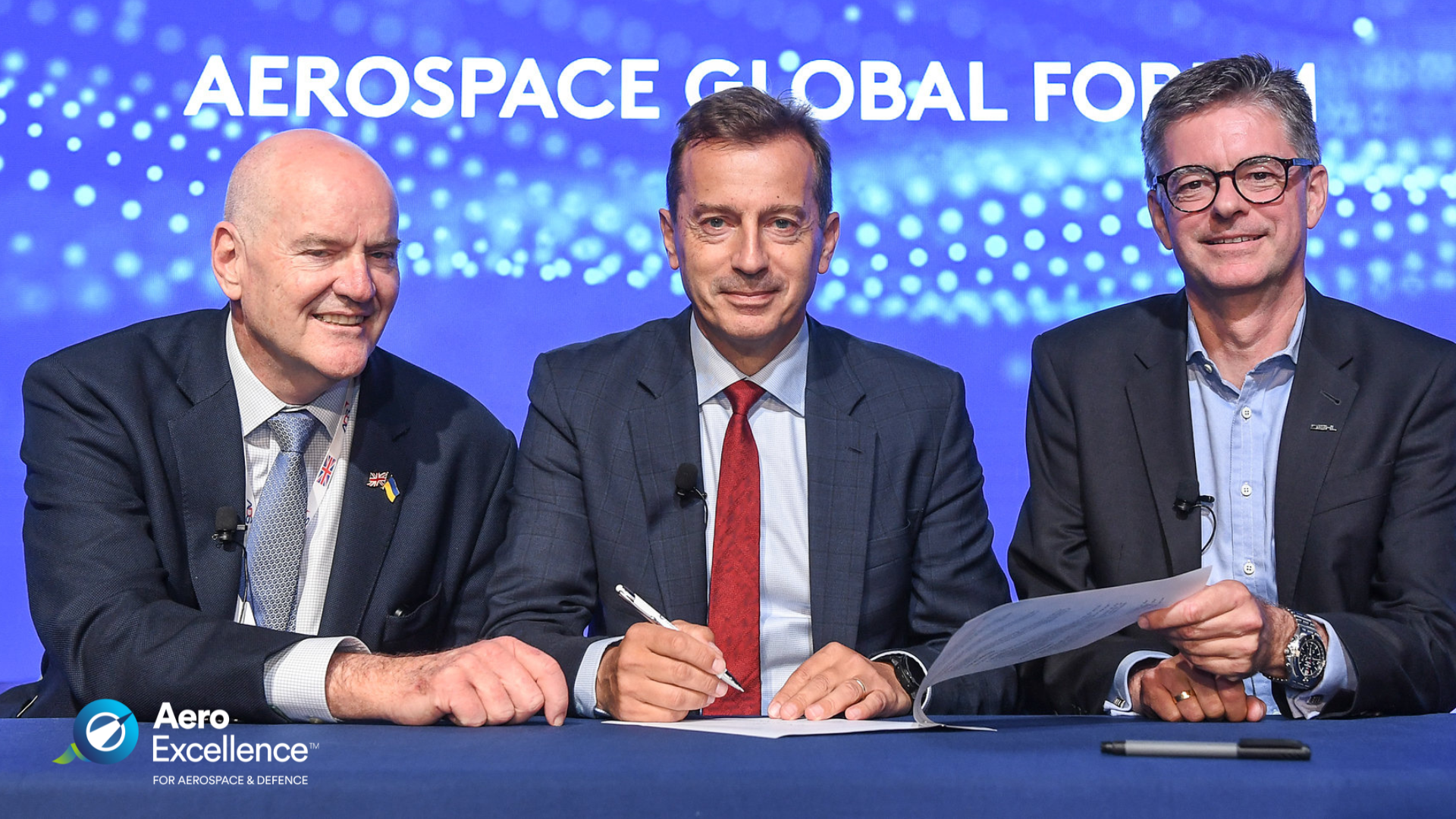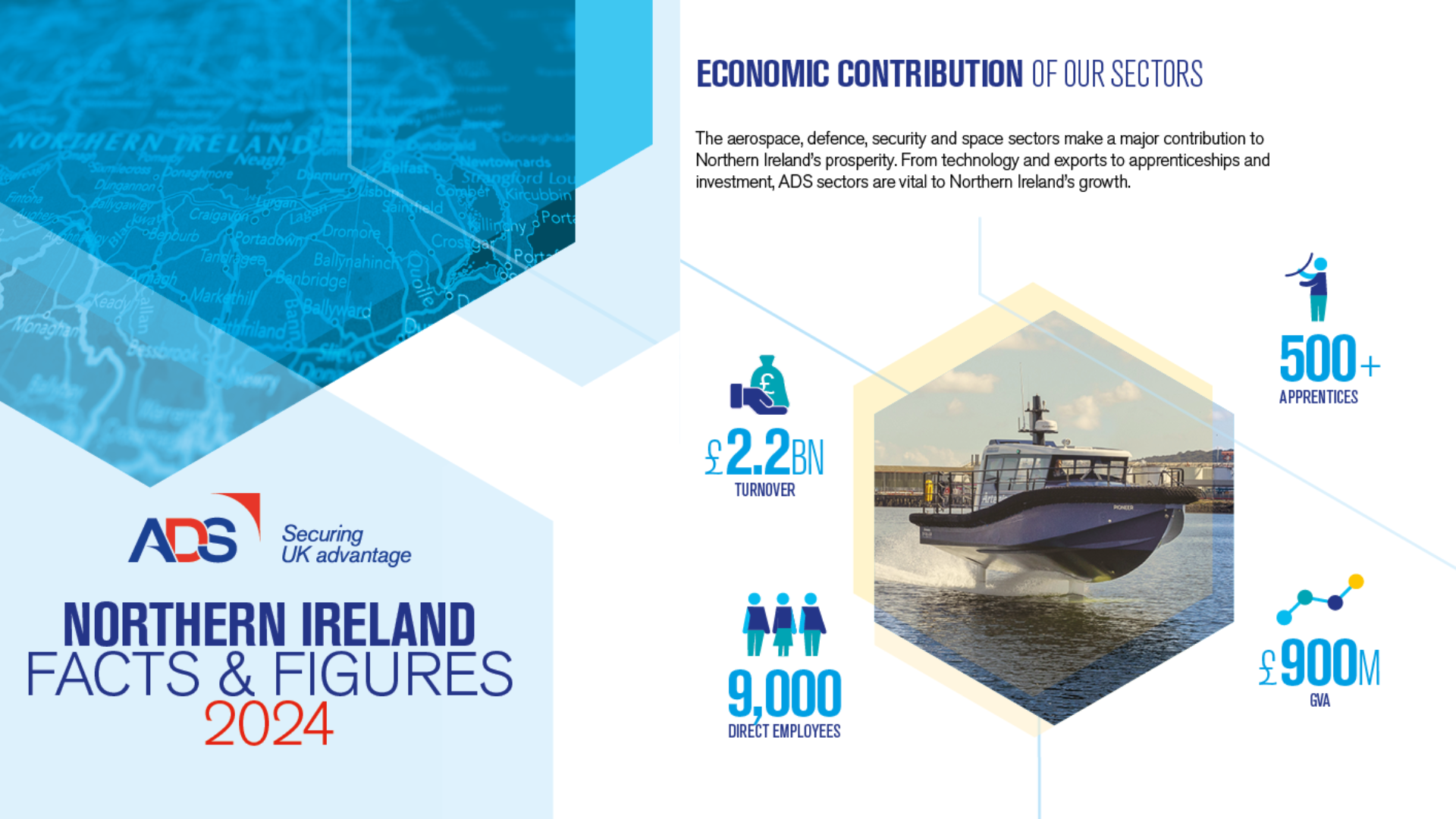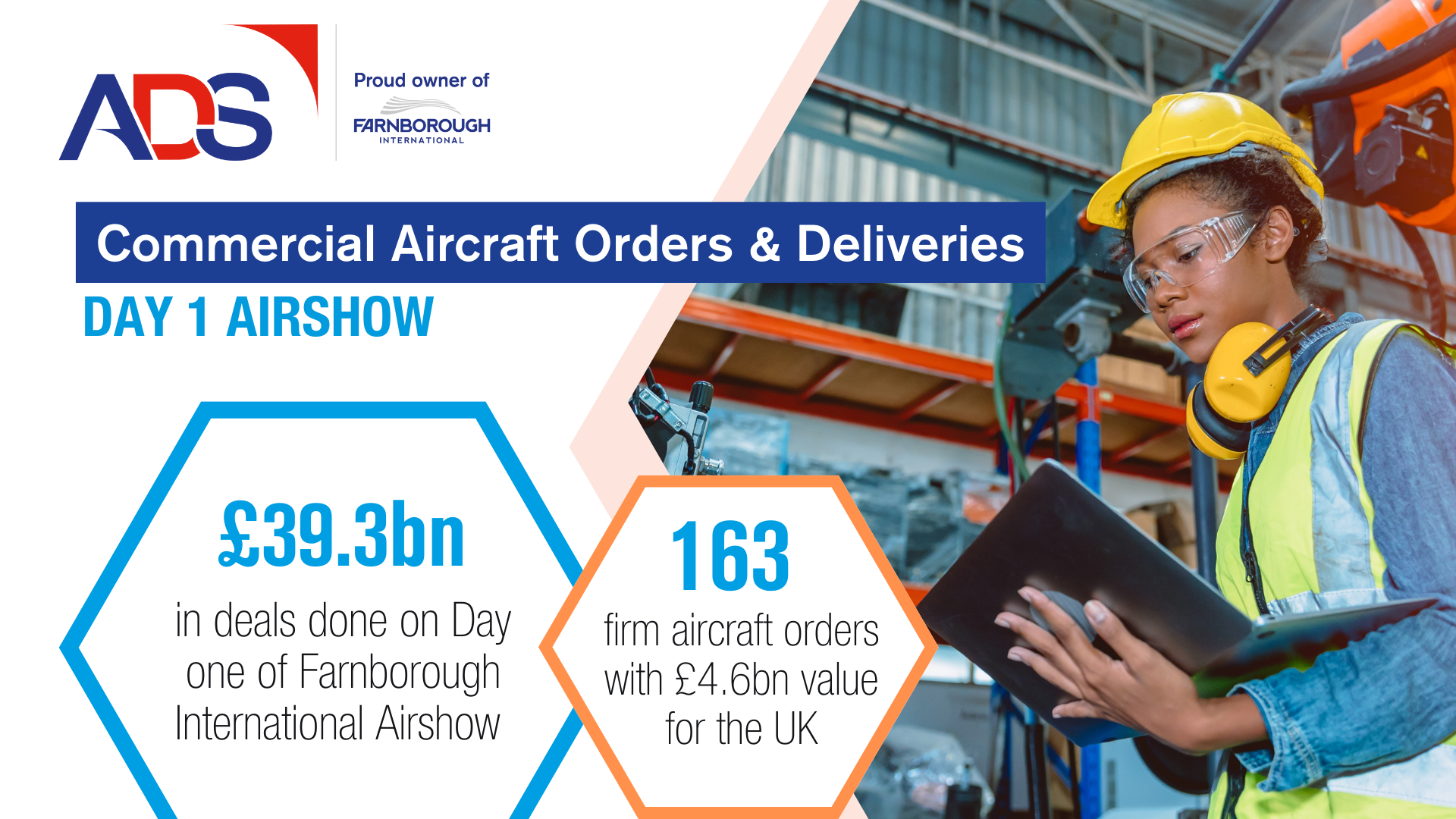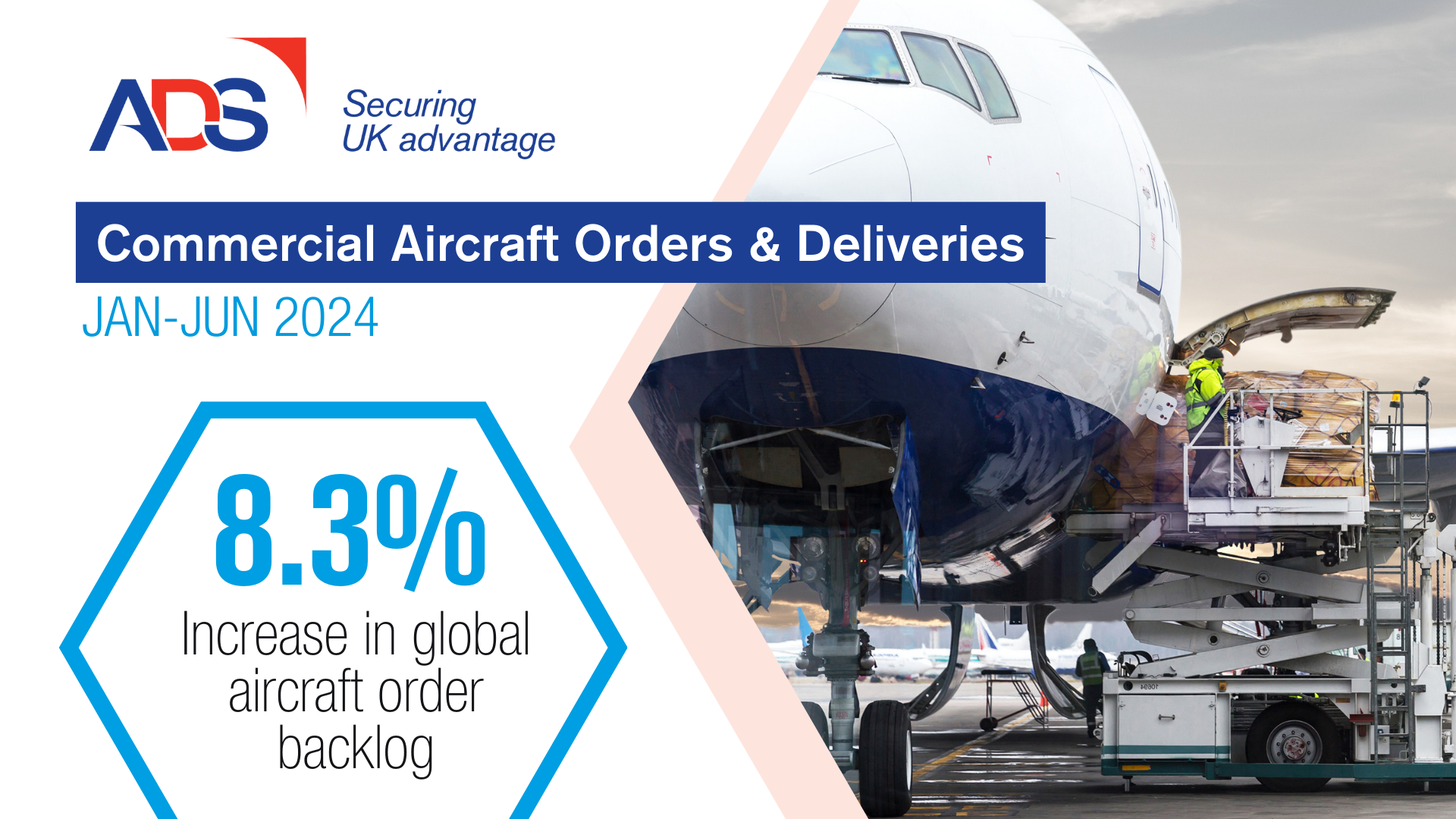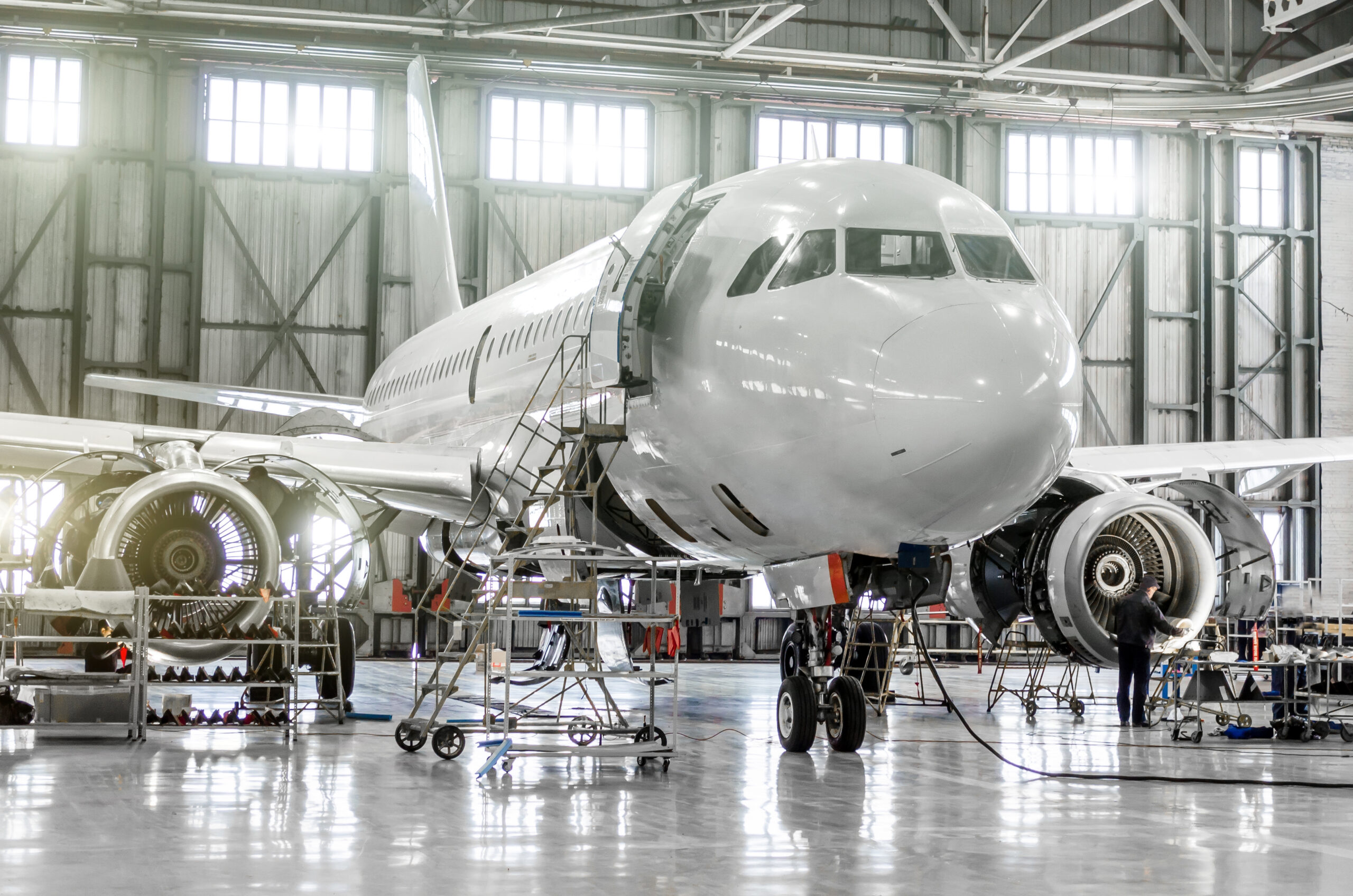
Looking back on 2023 – one step closer
In September 2022, the global aviation community committed to reaching net zero by 2050. With only 27 years to reach that target – approximately one aircraft’s lifetime – each year counts. This International Civil Aviation Day, ADS are looking back at some of the key highlights of 2023, a year which saw progress on net zero and a continuing recovery after the last few years.
A clear path to reach net zero
While the why of net zero is well understood, the how is perhaps even more important, especially for a hard-to-decarbonise sector like aviation. At the Sustainable Skies World Seminar in May, hosted at Farnborough International, the UK aviation industry set out its how, with the launch of the updated Sustainable Aviation Roadmap.
Through a combination of measures, including sustainable aviation fuel (SAF), efficiency improvements, new technologies, and market-based measures, UK industry laid out, in detail, a clear and achievable plan to reach net zero by 2050. Building on the positive Jet Zero Strategy announced at the Farnborough Airshow 2022, this update provided more detail on the progress that has been made – as well as the economic opportunity that net zero represents for the UK.
Return of the Paris Airshow
June saw the first Paris Airshow since 2019, building on the successful return of the Farnborough Airshow the year before to demonstrate that airshows are well and truly back post-pandemic. Paris was a big moment for industry, as airlines made record-breaking deals for a total of 1,247 aircraft ordered – a projected value of $155 billion, of which ADS estimates £13.6 billion of value will flow to the UK economy.
While the conversations and policy focus of the Airshow was around workforce shortages, supply chain challenges, and the future of flight, Paris demonstrated that the global aviation industry is on a firm upward trajectory.
Continued partnership with decision makers
The last few months of the year have seen several big announcements from the UK Government that will help secure the UK’s role as a leader in net zero aviation.
In September, the Department for Transport committed to consult on a price stability mechanism for SAF, a vital policy tool that that will provide the demand certainty SAF producers need to scale in the UK. This was followed by a renewed focus on advanced manufacturing at the Autumn Statement in November, including £975 million of additional funding for the Aerospace Technology Institute (ATI) through to 2030.
Progress on both SAF and technology will be critical to delivering the Sustainable Aviation Roadmap, and this can only be done by working in partnership with both the UK Government and the Civil Aviation Authority (CAA), who in July joined ADS to announce the outcome of a Cabinet Office review and commit to acting on industry feedback to improve the regulatory environment in the UK.
Flying across an ocean – on used cooking oil
Finally, to round out the year, waste oils and fats, such as cooking oil, powered Rolls-Royce engines on a Virgin Atlantic flight across the Atlantic from Heathrow to New York. This was the first demonstration of a cross-ocean flight powered by SAF and highlights clearly both the technical feasibility of SAF and the fact that SAF can be ready to be used in flight today. It’s an excitement moment for the net zero journey, adding additional momentum to the rapidly evolving sustainable aviation transformation over the years to come.

